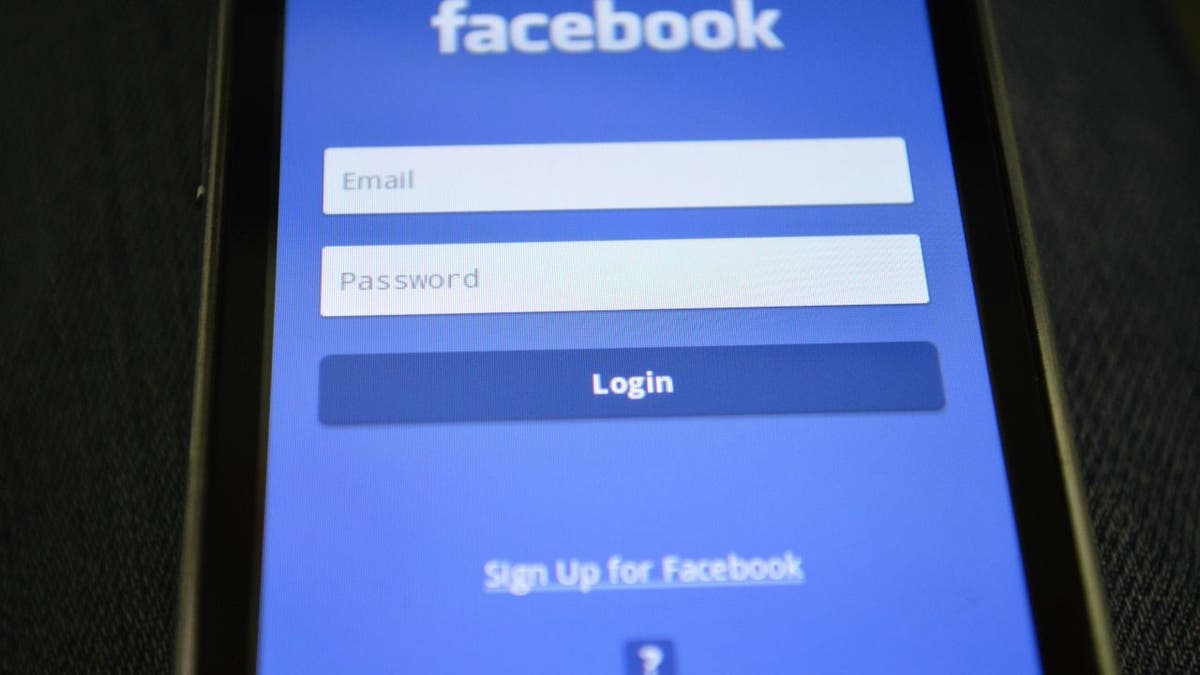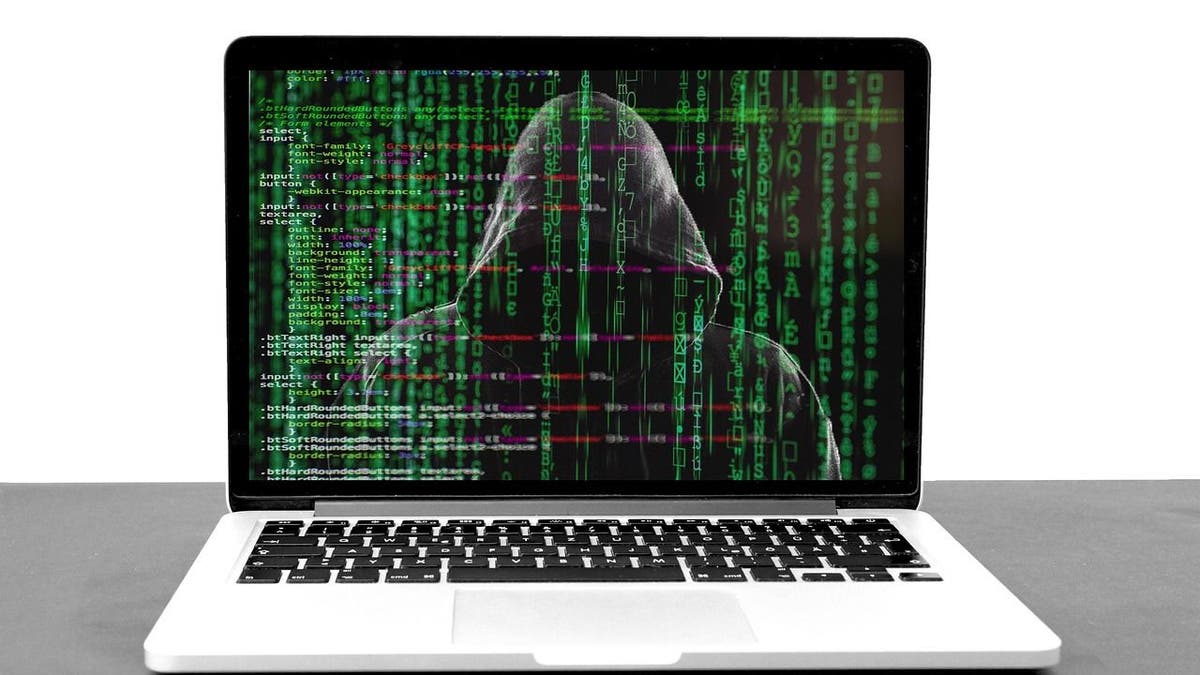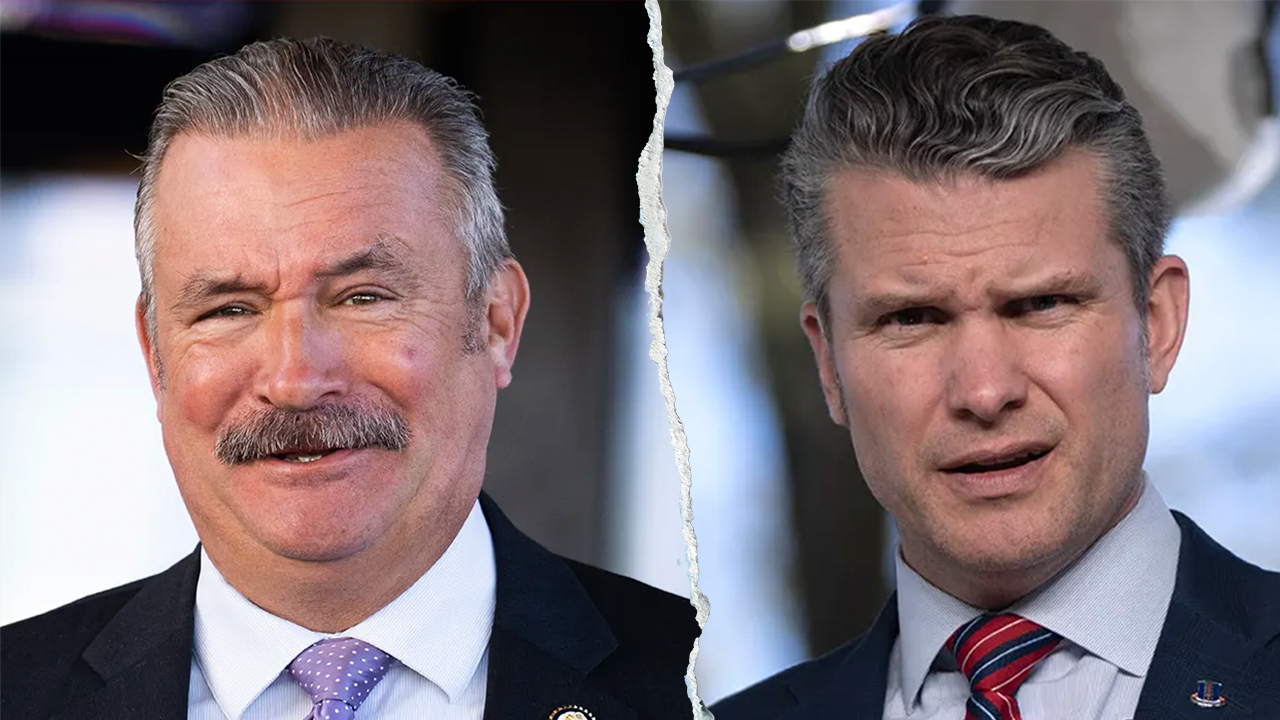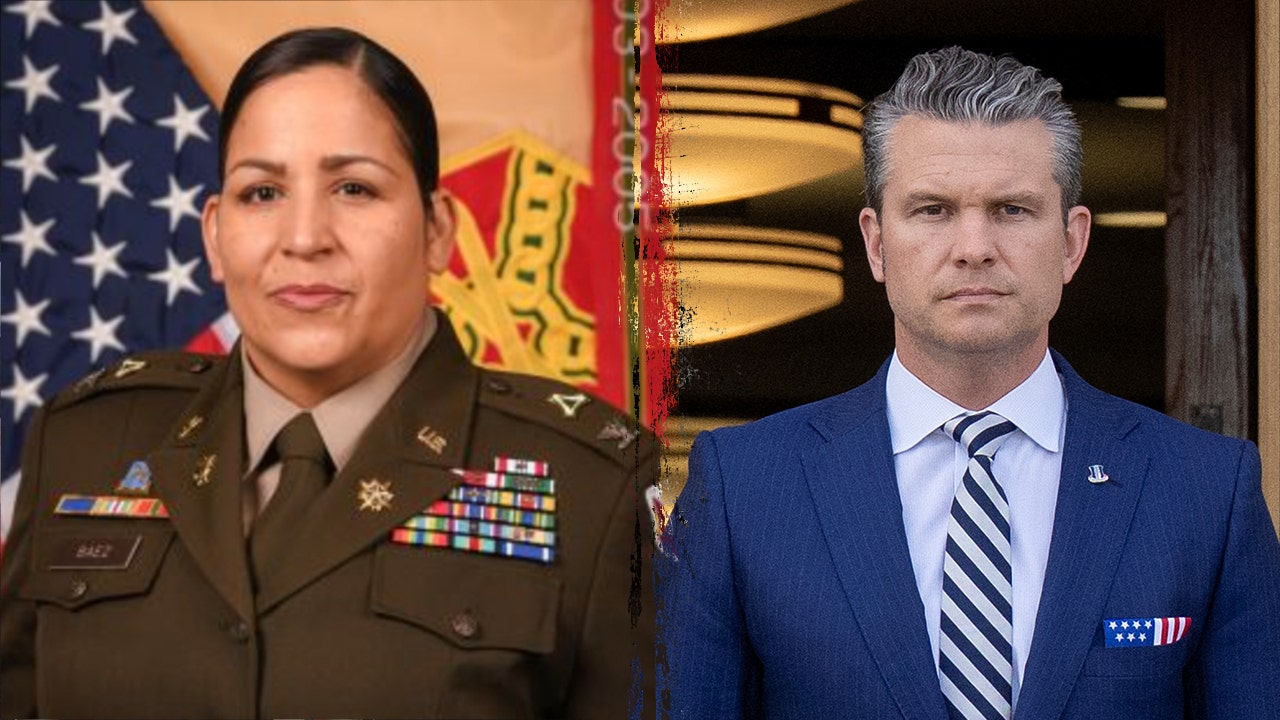Losing a loved one is never easy, and dealing with their digital life can add another layer of stress during an already difficult time.
John from Northampton, Pennsylvania, reached out with a question that many people face but few know how to handle: "Please explain how to remove a deceased person’s Facebook account."
John, we're very sorry for your loss, and you're not alone in wondering what to do next. Managing a deceased person’s Facebook presence can feel overwhelming, especially if you’re not sure where to start. Facebook does offer a few options depending on whether you'd like to preserve their account as a memorial or have it removed entirely. Here's what you need to know, along with how to protect their digital legacy from misuse.

A woman scrolling on Facebook (Kurt "CyberGuy" Knutsson)
What is a memorialized Facebook account?
When Facebook is made aware that someone has passed away, their policy is to memorialize the account. This turns the profile into a digital tribute, serving as a space where friends and family can gather, share memories and view photos and posts. A memorialized account:
- Displays the word "Remembering" next to the person’s name
- Preserves content they posted during their lifetime
- Prevents anyone from logging into the account
- Can only be managed by a legacy contact (if one was assigned)
Memorializing an account not only honors the person’s memory but also adds a layer of security by locking the account from unauthorized access. Anyone can request a Facebook account be memorialized if they believe the user has passed away, but only verified immediate family or a legacy contact can manage the account afterward.
HOW TO PROTECT YOURSELF FROM SOCIAL MEDIA SCAMMERS
Option 1: Request memorialization
If Facebook hasn’t already memorialized the account, you can request it yourself. While anyone can submit a memorialization request, Facebook may require proof if you're not a close family member. Here's how to request memorialization:
- Go to the Memorialization Request Form
- Provide the deceased’s full name and date of death
- Upload proof of death (like an obituary, death certificate or memorial card)
- Submit the form and wait for Facebook to review and process the request
If a legacy contact was assigned by the deceased before they passed, that person will be notified and may be able to manage the memorialized profile.
If you're unsure what a legacy contact is or how to set one up for your own account, go to Facebook > Settings > Memorialization Settings and choose someone you trust.
For more on legacy contacts and digital legacy planning, check out: One day you’ll leave this Earth, but your data will live on in a messy future.
Option 2: Request account removal
If you'd prefer to have the account permanently deleted rather than memorialized, Facebook provides a separate process for that, but only for immediate family members or legal representatives. Here are the steps to remove the account:
- Visit the Special Request for Deceased Person’s Account
- Select the option: Please remove this account
- Upload documentation, including a copy of the deceased’s death certificate and proof that you’re a close family member or have legal authority to act on their behalf
Note: Even if you know the person’s login information, Facebook’s terms prohibit logging into someone else’s account, even after death. In cases where the deceased did not use their legal name on Facebook or was a minor, Facebook may request additional documentation to verify their identity.

Facebook app on a smartphone (Kurt "CyberGuy" Knutsson)
HOW TO ENSURE YOUR PASSWORDS DON’T DIE WITH YOU
Check for a legacy contact
Facebook allows users to assign a legacy contact, someone they trust to manage their memorialized profile. If your loved one set this up before passing, their legacy contact may be able to:
- Accept new friend requests
- Pin tribute posts
- Update the profile or cover photo
- Request account deletion
However, they cannot log into the account, read messages or make posts as the deceased. To assign a legacy contact on your own profile, go to your Facebook settings, then choose "Memorialization Settings." From there, you can select a trusted contact to manage your memorialized account when the time comes. To learn more about how to check or assign a legacy contact, see: How to be remembered forever on Facebook.
HOW TO REMOVE YOUR PRIVATE DATA FROM THE INTERNET
Other Facebook options you should know about
In addition to memorializing or removing an account, Facebook offers a few other tools for handling a deceased person’s profile.
- Request a copy of content: Verified family members or legal representatives can request content such as photos or messages. Note: While Facebook does not grant full access, in some cases it allows you to request a download of shared content like photos, posts and videos.
- Report an account that should be memorialized: Even if you’re not immediate family, you can report an account if you believe it belongs to someone who has passed.
- Can't access or log into a memorialized account?: Facebook doesn’t allow login to memorialized profiles, even with credentials. If you’re running into access issues, they’re likely related to this restriction.
HOW SCAMMERS HAVE SUNK TO A NEW LOW WITH AN AI OBITUARY SCAM TARGETING THE GRIEVING
Why it's important to take action
Unfortunately, the digital world doesn’t stop after someone passes away. Unattended accounts can become vulnerable to ghost hacking, a type of cybercrime that targets the deceased. Scammers have been known to impersonate the deceased to exploit grieving friends and family.
And beware of scam artists who target families with fake funeral-related schemes: How impostors try to exploit your grief and wallet in new funeral scam.

An online scammer (Kurt "CyberGuy" Knutsson)
Protecting your loved one’s digital legacy: Essential steps to take
Managing a deceased person’s Facebook account is just one part of safeguarding their digital presence. To ensure their online life remains secure and respected, here are five important steps you can take to protect passwords, accounts and personal information after a loved one passes away.
1) Use a password manager: Use a password manager to generate and store complex passwords. Use one that offers emergency access features and designate a trusted contact who can request access to your accounts after a waiting period, ensuring your passwords remain secure but accessible to the right person when needed. Get more details about my best expert-reviewed password managers of 2025 here.
2) Enable multifactor authentication: Enable multifactor authentication on all important accounts and provide your emergency contact with backup codes or alternative authentication methods to prevent lockouts while maintaining strong security.
3) Assign legacy contacts: Assign legacy contacts not only on Facebook but also on other major platforms such as Google, Apple and Microsoft, so your trusted person can manage or retrieve your digital data according to your wishes after your passing.
4) Maintain an updated account list: Keep an updated and encrypted list of all critical accounts, including financial services, subscriptions, email and social media credentials, along with instructions on how to handle each one and store them securely, either digitally or physically.
5) Regularly review and communicate: Review and update your digital legacy plan regularly, at least once a year, and communicate clearly with your designated contacts to ensure they understand how to access and manage your accounts when the time comes.
SUBSCRIBE TO KURT'S YOUTUBE CHANNEL FOR QUICK VIDEO TIPS ON HOW TO WORK ALL OF YOUR TECH DEVICES
Kurt's key takeaways
Handling a loved one’s Facebook account after they’ve passed can feel overwhelming, but you don’t have to go through it alone. Whether you choose to preserve their memory through a memorialized page or remove the account entirely, Facebook has clear steps in place to help you do it respectfully and securely.
How do you think social media platforms should handle accounts of deceased users? Let us know by writing us at Cyberguy.com/Contact.
For more of my tech tips and security alerts, subscribe to my free CyberGuy Report Newsletter by heading to Cyberguy.com/Newsletter.
Ask Kurt a question or let us know what stories you'd like us to cover.
Follow Kurt on his social channels:
Answers to the most-asked CyberGuy questions:
- What is the best way to protect your Mac, Windows, iPhone and Android devices from getting hacked?
- What is the best way to stay private, secure and anonymous while browsing the web?
- How can I get rid of robocalls with apps and data removal services?
- How do I remove my private data from the internet?
New from Kurt:
- Try CyberGuy's new games (crosswords, word searches, trivia and more!)
- CyberGuy's exclusive coupons and deals
- Best gifts for Mom 2025
Copyright 2025 CyberGuy.com. All rights reserved.
Kurt "CyberGuy" Knutsson is an award-winning tech journalist who has a deep love of technology, gear and gadgets that make life better with his contributions for Fox News & FOX Business beginning mornings on "FOX & Friends." Got a tech question? Get Kurt’s free CyberGuy Newsletter, share your voice, a story idea or comment at CyberGuy.com.

 7 hours ago
9
7 hours ago
9













































